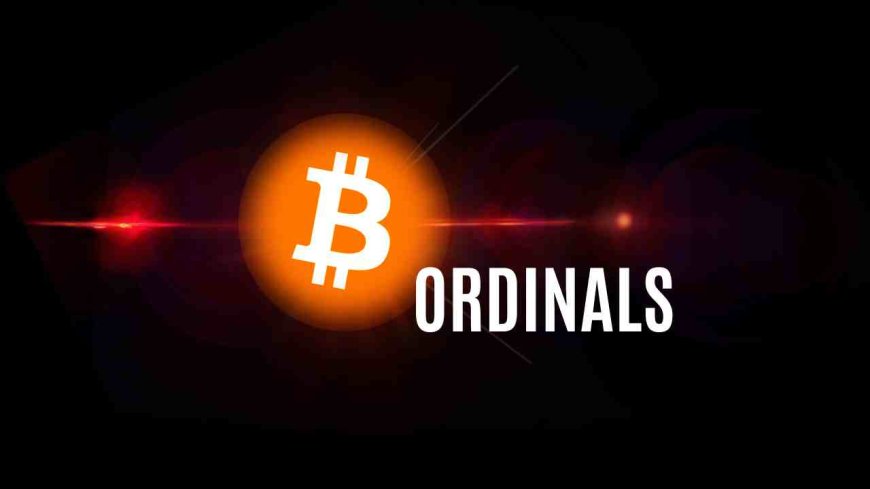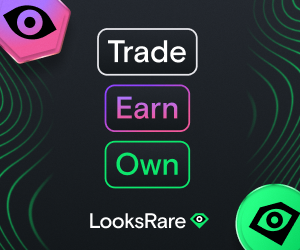Bitcoin Network Fees Spike as Ordinals Inscriptions Reach Record Levels
The surge in Ordinals protocol inscriptions leads to heightened Bitcoin transaction fees, affecting network users and increasing a transaction backlog.

Ordinals, the Bitcoin protocol that allows inscriptions on satoshis, has seen its volume increase significantly in the past few days. With the rise in daily inscriptions, Bitcoin transaction fees have also increased and are now at a five-month high.
According to data from Memepool, the transaction fee on the Bitcoin network is between $2.54 for low priority and $3.71 for high priority. Bitinfocharts puts the average transaction fee at $5.93. The last time it was this high was in May 2023.
Resurgence in Ordinals Inscription
Data from Cryptoslam shows that Ordinals recorded $18.33 million in sales since the start of November. This represents a 191% surge in seven days and marks a return to the high volume of daily inscriptions for the protocol. After seeing a record volume of inscriptions in September, October was a relatively quiet month. But the 433,471 inscriptions within 24 hours on November 4 represent the second highest for the protocol since it launched. This highest was September 15, when 440,760 inscriptions were created in 24 hours.
Meanwhile, it's not just Ordinals transactions that increased substantially within that period. The total number of Bitcoin network transactions is also near a record high. November 4 was the second busiest day for the network as it processed 698,917 transactions. Unsurprisingly, the busiest day is September 15, when it completed 703,692 transactions.
Since the launch of the Ordinals protocol in December 2022, there have been 38.3 million inscriptions. This has proven beneficial for miners, who have earned 2,224.5 BTC ($77.6 million) in fees by confirming Ordinals transactions. The highest daily transaction fees were recorded on May 7, when miners made 247 BTC from processing Ordinals transactions.
Higher Fees and Transaction Backlogs
However, not everyone is pleased with the surge in transactions. Bitcoin network users now have to pay more in fees to process their transactions, and the volume of Ordinals inscription also means that it is consuming more block space than regular transactions.
The backlog of unconfirmed transactions also tends to increase when there are more inscriptions. Unconfirmed transactions in the Memepool are now around 133k, which is relatively high compared to around 30k in October.
Binance Listing ORDI
Binance has recently added the Ordinals (ORDI) token to its list of supported cryptocurrencies. The token is available for spot trading with trading pairs such as ORDI/BTC, ORDI/USDT, and ORDI/TRY. Binance suggested in its description that ORDI is the native token of the Ordinals protocol.
However, Colin Wu has clarified this, noting that ORDI is just one of the BRC-20 memecoins on Ordinals protocol.
The description of the ORDI in the Binance announcement is wrong to regard ORDI as a token of the Ordinals protocol. BRC-20 is a part of the Ordinals protocol, and ORDI is just a memecoin in BRC20. https://t.co/2qehdOH4UD @cz_binance @heyibinance https://t.co/uMTuV2oVPs pic.twitter.com/zOORf4fabq — Wu Blockchain (@WuBlockchain) November 7, 2023
BRC-20 is one of the several applications for Ordinals since it launched. ORDI's price jumped 40% on the news of its Binance listing.
Interestingly, Binance is adding the Seed Tag label to ORDI because the exchange considers it to have higher volatility and risks than other tokens. Thus, only users who pass periodical quizzes can gain trading access to ORDI.










